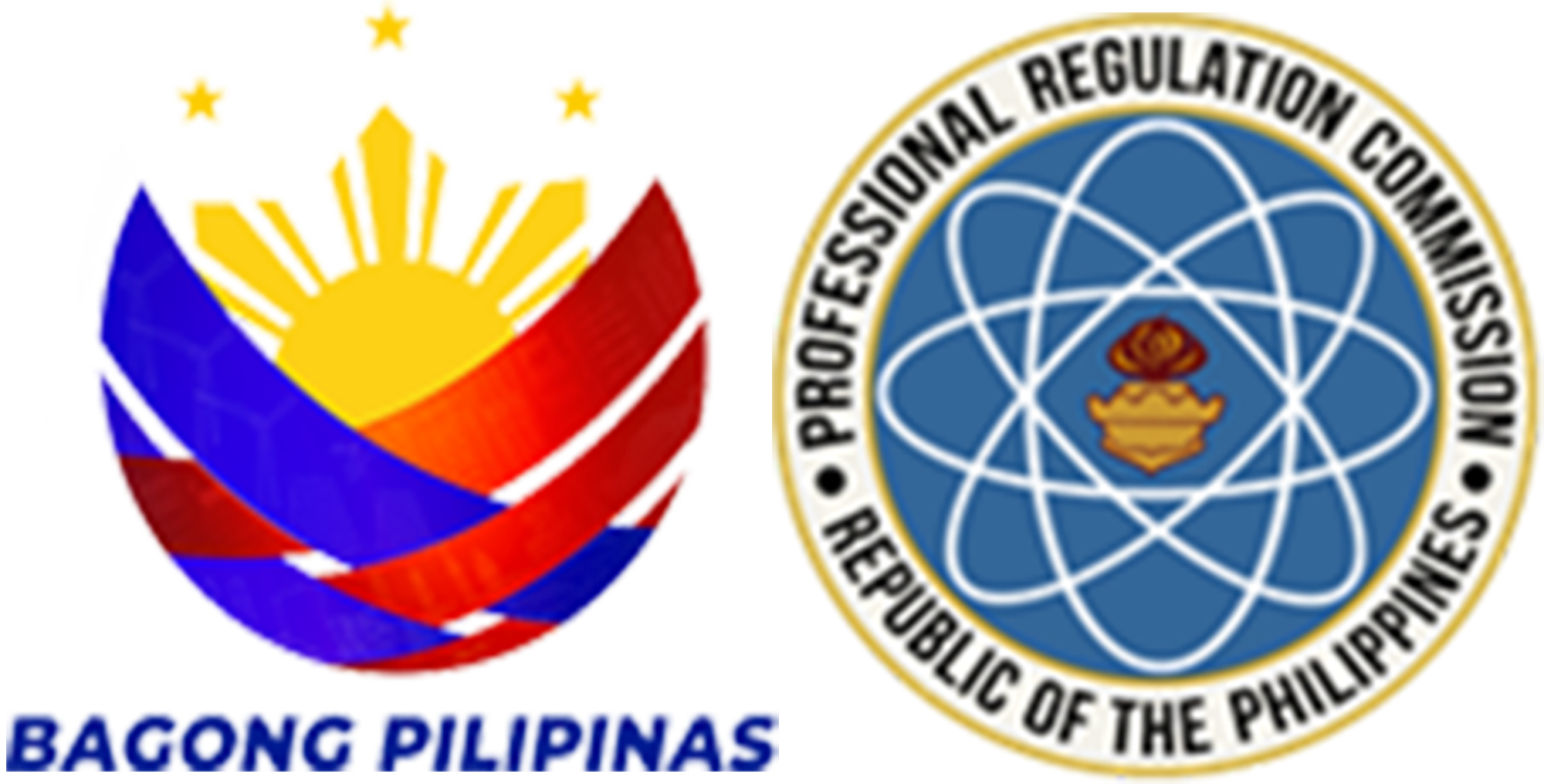“Philippine Interior Design Act of 1998.”
Practice of Interior Design - The practice of interior design is the act ofplanning, designing, specifying, supervising and giving general administration and responsible direction to the functional, orderly and aesthetic arrangement and development of interiors of buildings and residences that shall contribute to the enhancement and safeguard of life, health and property and the promotion and enrichment of the quality of life. It shall embrace the following activities relative thereto:
- Consultation, advice, direction, evaluation, estimates, appraisals, adjustments and operational programming;
- Schematic designs and development, professional contract documents and construction phases;
- Preparation of preliminary technical, economic and financial feasibility studies including preparation of specialized studies;
- Preparation of plans, specifications, bill of materials, project cost estimates, general conditions and their contract documents;
- Interior construction and project management: administration, supervision, coordination and direction to the planning, designing, construction, renovation, demolition, alteration, preservation or restoration of building interiors;
- The practice of interior design shall also include all other works, projects and activities which require the professional competence of the interior designer, including teaching of interior design subjects and computer- aided design.
Qualification of Board Members
A member of the Board shall, at the time of his appointment, possess the following qualifications:
- Must be a citizen and resident of the Philippines;
- Must be at least thirty-five (35) years of age, of proven integrity as evidenced by his past professional conduct;
- Must be holder of a Bachelor’s Degree in Interior Design conferred by a school, academy, college or university in the Philippines or abroad that is recognized and/or accredited by the Philippine government;
- Must be a registered interior designer with a valid certificate of registration and professional license and an active practitioner of interior design for not less than ten (10) years prior to appointment;
- Must not be a member of the faculty of any school, where a regular course in Interior Design is being taught, nor have pecuniary interest in, or administrative supervision over any such institution of learning;
- Must not be connected with a review center or with any group giving review classes or lectures in preparation for the licensure examination;
- Must be a member in good standing of the duly accredited and integrated association of interior designers in the Philippines; and
- Has never been convicted of any offense involving moral turpitude.



Republic Act No. 10350
An Act to regulate and modernize the practice of the Interior Design in the Philippines, repealing for the purpose Republic Act numbered 8534, otherwise known as "An Act Regulating Practice of Interior Design in the Philippines", appropriating funds therefor and for other purposes.
The interior design profession was first regulated by the Specialty Board of Interior Design created by and under the Board of Architecture through Board Resolution No. 21 series of 1982.
The Specialty Board was composed of Julio D. Matias as Chairman with Lor L. Calma and Belen Sablan-Morey as Members. The Specialty Board held its first licensure examinations on August 22, 1983, and conducted its first fully-computerized licensure examinations on October 5, 1994, releasing the results on November 11 of the same year.
By virtue of Republic Act No. 8534 entitled “Philippine Interior Design Act of 1998” which was approved on February 1998 upon the active pursuit of legislation by then Chairman Arch. Leticia Limpo, the Specialty Board became a full-pledged Board independent of the Board of Architecture. It became the Board of Interior Design.
Click HERE to view the list of Accredited Integrated Professional Organizations (AIPOs) /Accredited Professional Organizations (APOs)














